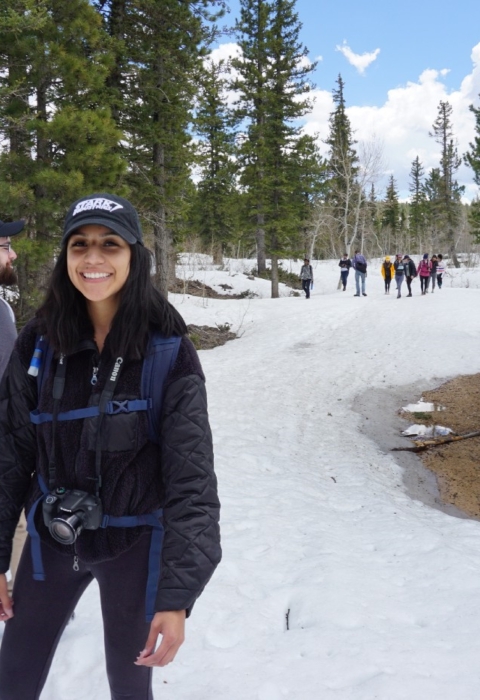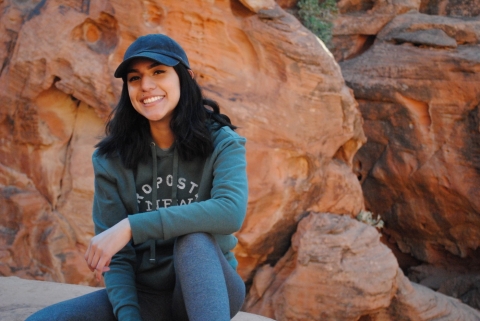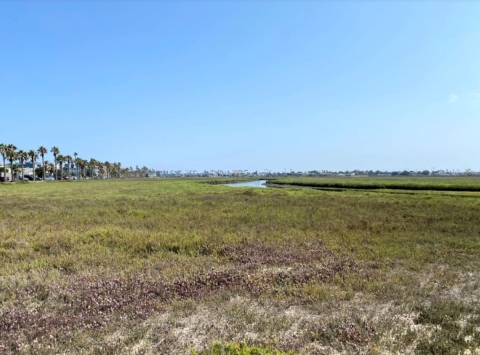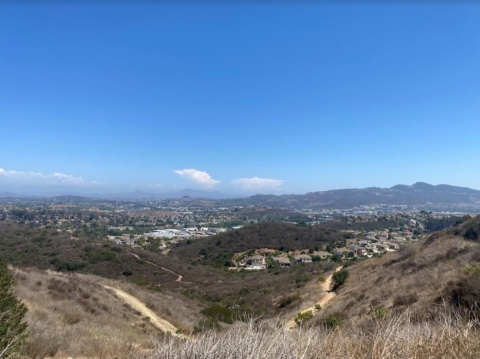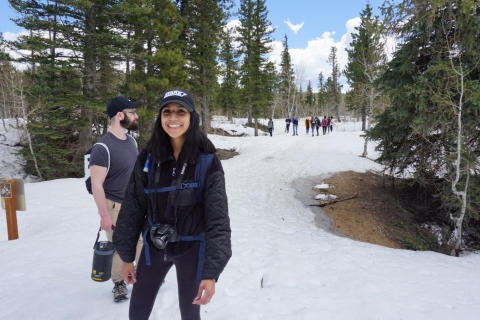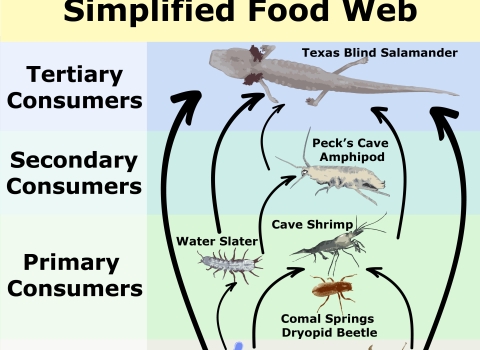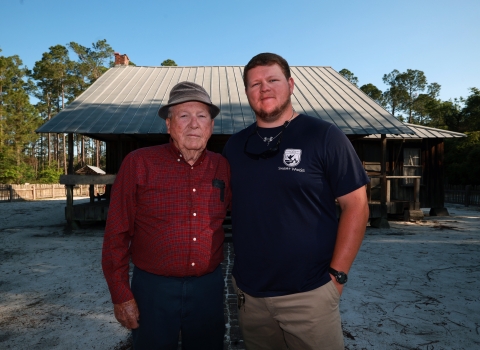As a person of color, my experience moving into a predominantly White graduate school for a STEM (Science, Technology, Engineering and Mathematics) program was difficult; being surrounded by not just white students, but white faculty and professors made me question the validity of my place there. The field is already so saturated with White people, so where do I fit in? Can I comfortably be part of a group with such a distinct social background from mine?
These thoughts and feelings are not unfounded. Pew Research Center reports that in 2016, Black and Hispanic people made up only 16% of those working STEM jobs. Additionally, 44% of Asians, 42% of Hispanics and 62% of Black employees stated they experienced some sort of racial or ethnic discrimination at work, as opposed to a smaller 13% of Whites. The apparent imbalance in racial, ethnic, and gender representation across STEM is widely acknowledged, but addressing it often falls through the cracks.
A conservation area or wildlife management area is a type of national wildlife refuge that consists primarily or entirely of conservation easements on private lands. These conservation easements support private landowner efforts to protect important habitat for fish and wildlife. There are 15 conservation areas and nine wildlife management areas in the National Wildlife Refuge System.
Learn more about conservation area in San Marcos. Photo courtesy of Lory Salazar-Velasquez
The U.S. Fish and Wildlife Service is not afraid to address this issue. During my first week as a Directorate Resource Assistant Fellow, Bryan Arroyo, current Deputy Director of Operations, spoke to the fellows about diversity, equity, and inclusion (DEI). He pointed out that people often assume not enough people of color complete STEM degrees and that this is the reason people of color are seldom hired. As Bryan said, this is simply untrue; there are plenty of us out there, we just typically don’t get the same hiring opportunities. For this reason, the USFWS has made a push for their Directorate Fellows Program (DFP). DFP is a fellowship opportunity for underrepresented groups to gain experience in biology and conservation, make connections within a federal agency, and most importantly, placement on a pathway for permanent employment upon completion of the program.
To coordinate the program, USFWS partners with organizations like Hispanic Access Foundation, whose mission is to connect Latines with opportunities in areas where they are typically underrepresented, focused on creating an equitable society. Although I knew this partnership existed and that DFP is intended for underrepresented groups, my previous experiences in STEM led me to remain admittedly hesitant of the program’s success. I questioned if entering a federal agency would invoke similar feelings to graduate school; would I again be uncomfortable in my place? Is USFWS yet another example of the STEM field being mostly White? The answer to both questions, even after just three weeks, is a very clear no. HAF and USFWS have done an incredible job thus far at making fellows feel comfortable, and though it is still White-majority, there is a clear effort to both acknowledge and make plans to address DEI issues in the agency. We are already starting to see representation in important higher up positions, like Bryan, a Puerto Rican in a Deputy Director role for USFWS, or Secretary of the Interior Deb Haaland, the first Native American to serve as a Cabinet secretary. Programs like DFP give us hope for a better future, in which racial and ethnic representation is balanced not just at USFWS, but in the STEM fields as a whole.
Story originally published on www.hispanicaccess.org.
Note: links do not imply endorsement (see: https://www.fws.gov/disclaimer for more information).
